

† demdike †
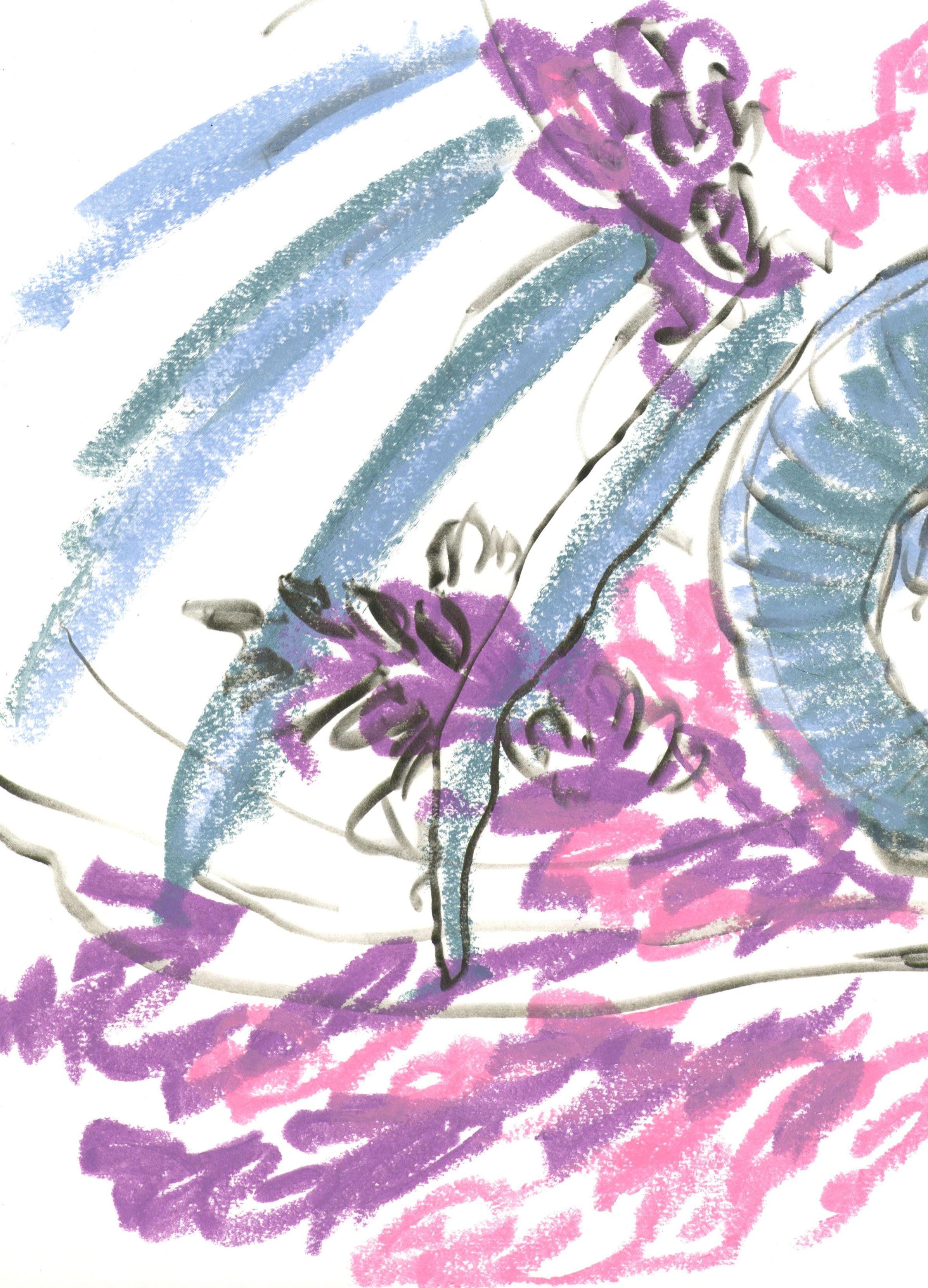
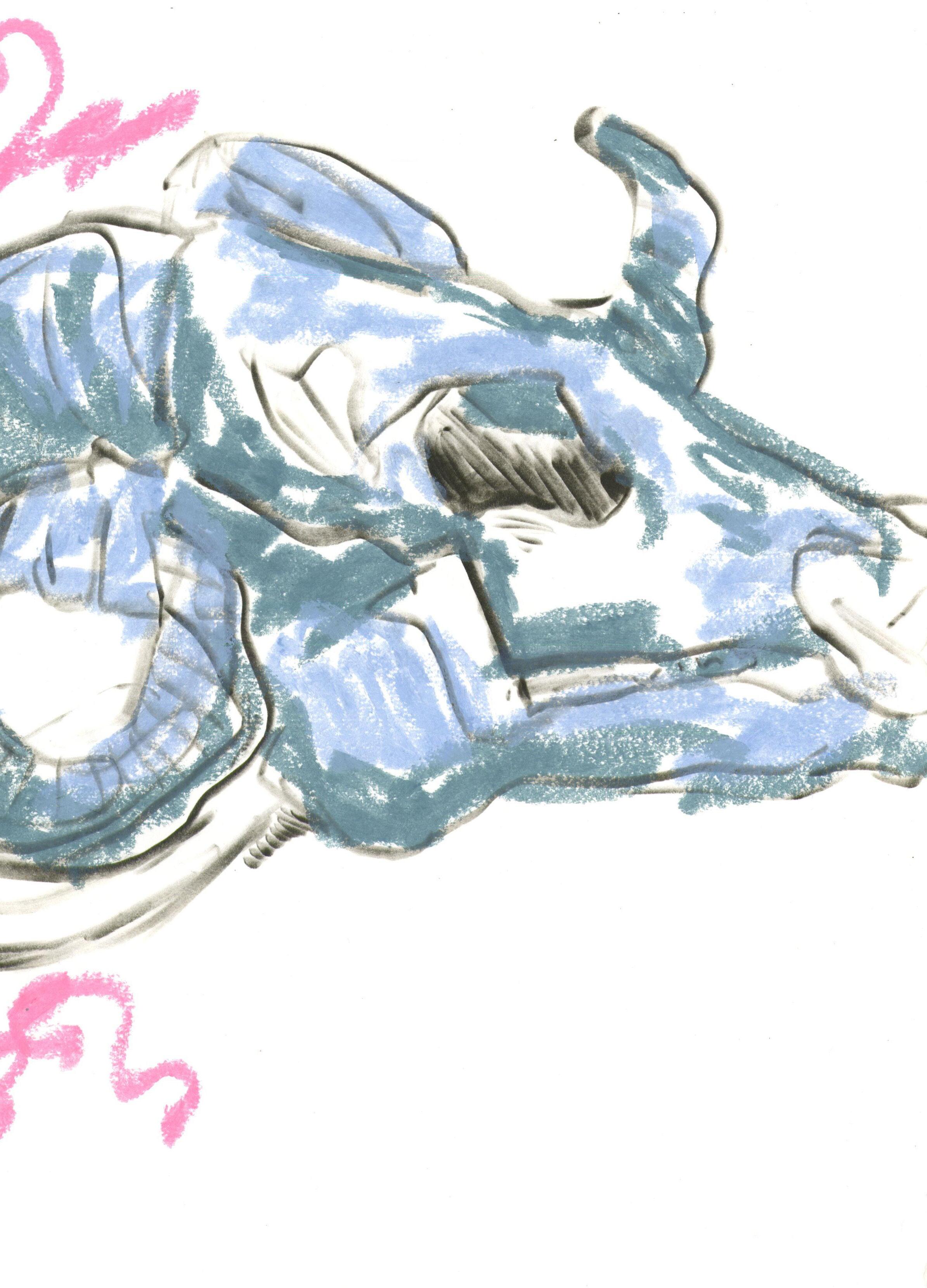
demdike researched, written, illustrated and designed by Beatrix
Kinsman
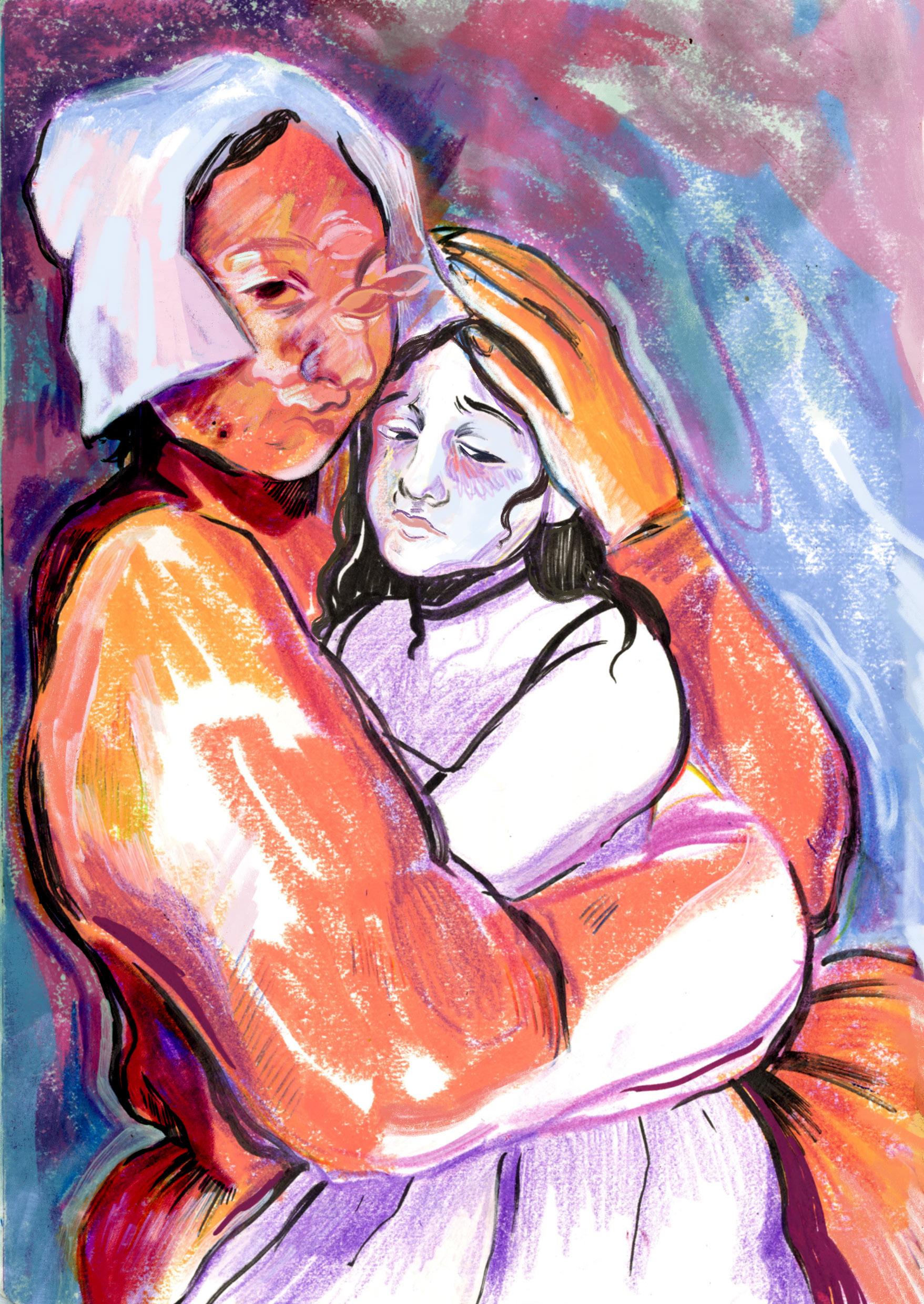
My name is JENET, I cannot remember my mother’s face.

curled toes, hidden in soft leather,
and FIRE

I think of balled fists,

fabric, a discovery of small hands sworn upon, meeting in the DARK.

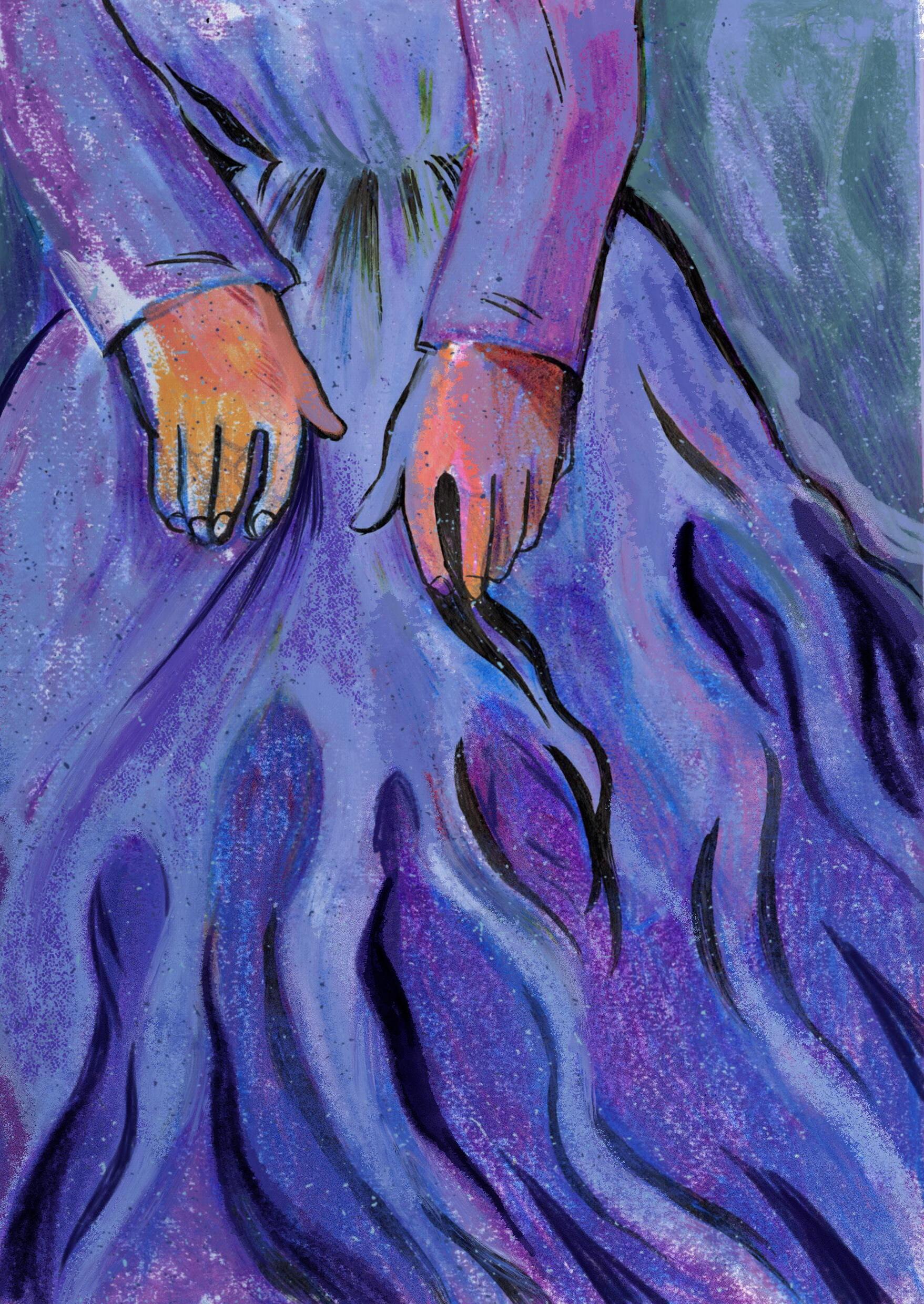
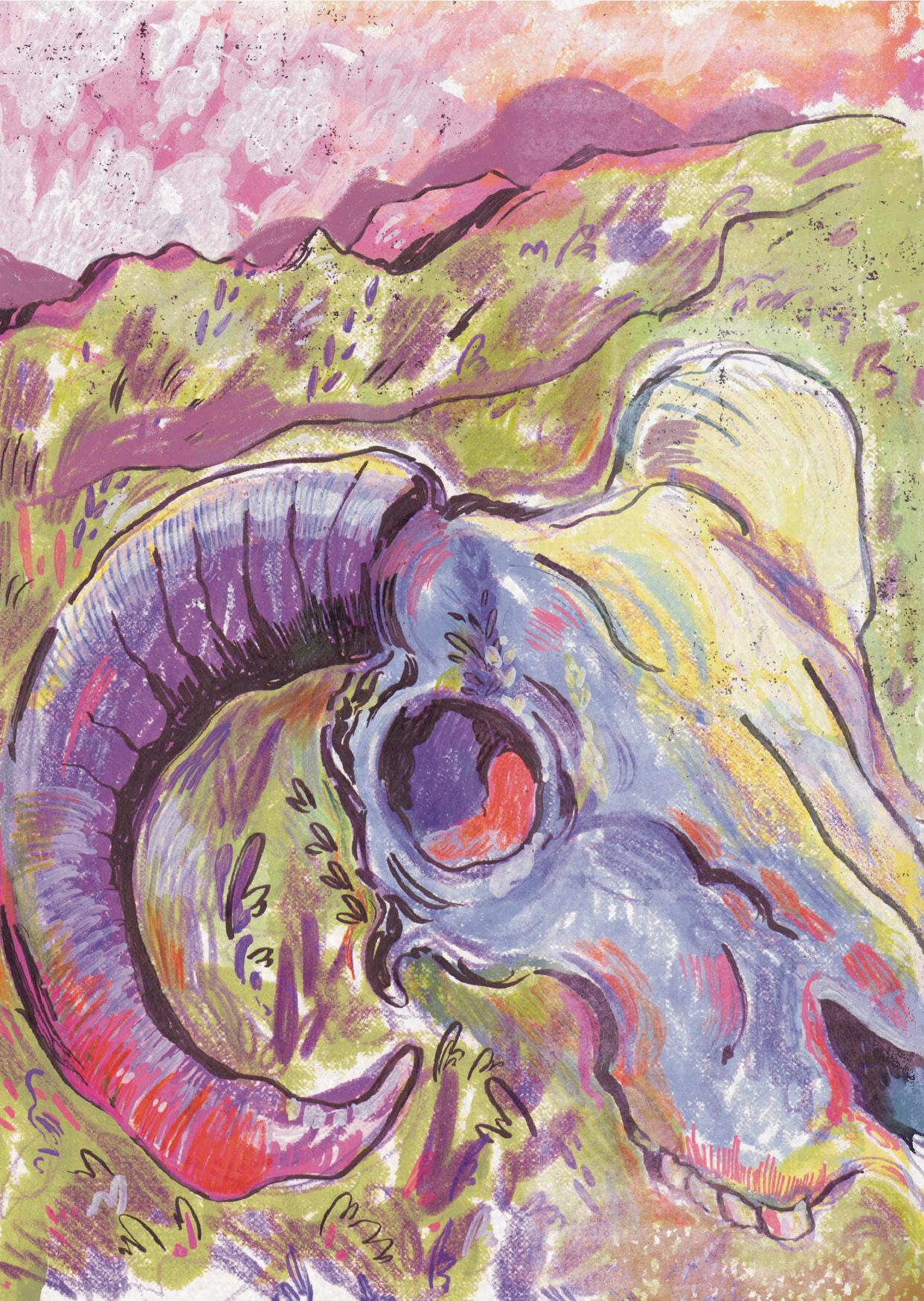
I recall hare heather, gnarled finger, bleating ewe, PICKED CLEAN.
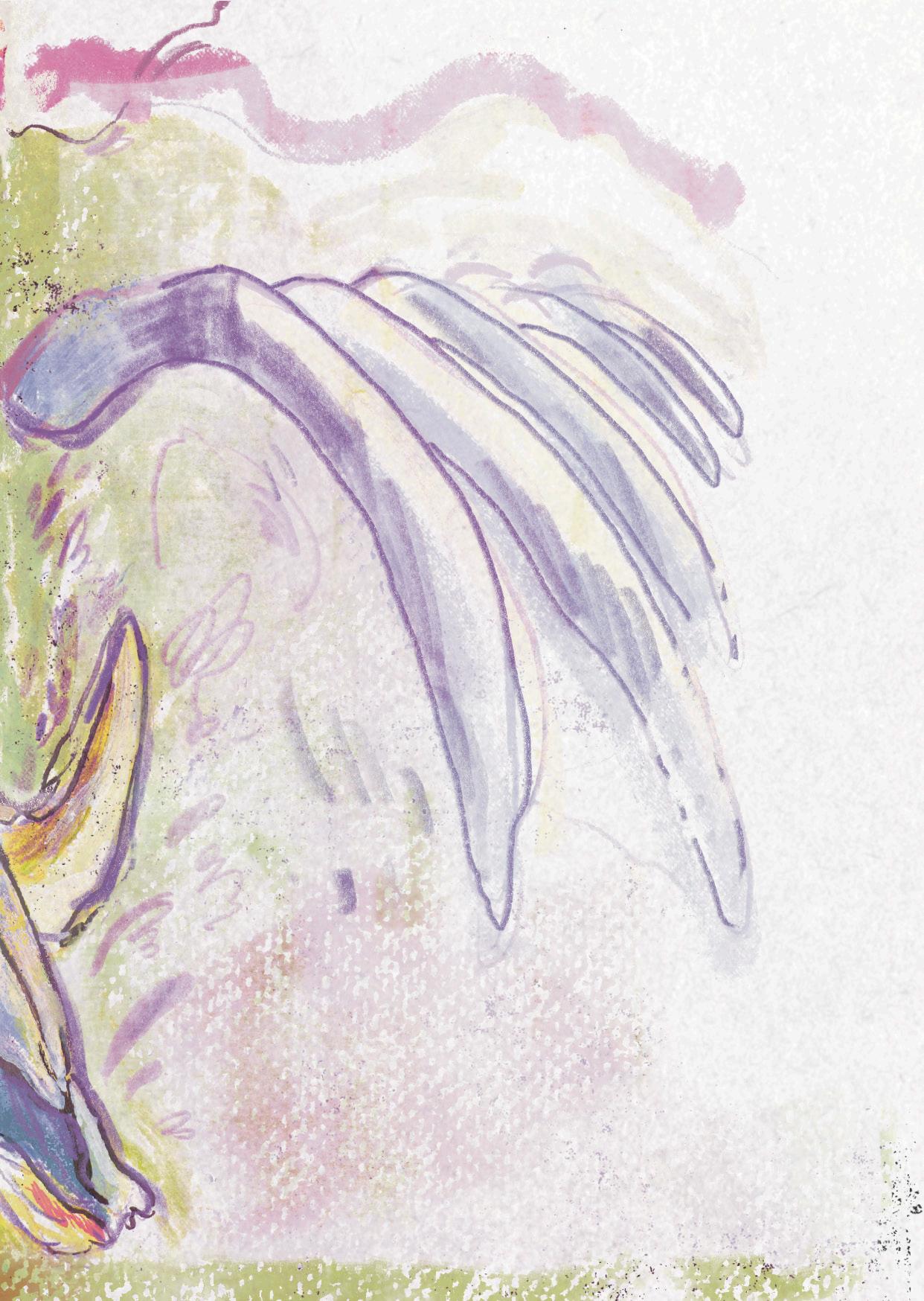

MURMURATIONS AT DUSK.
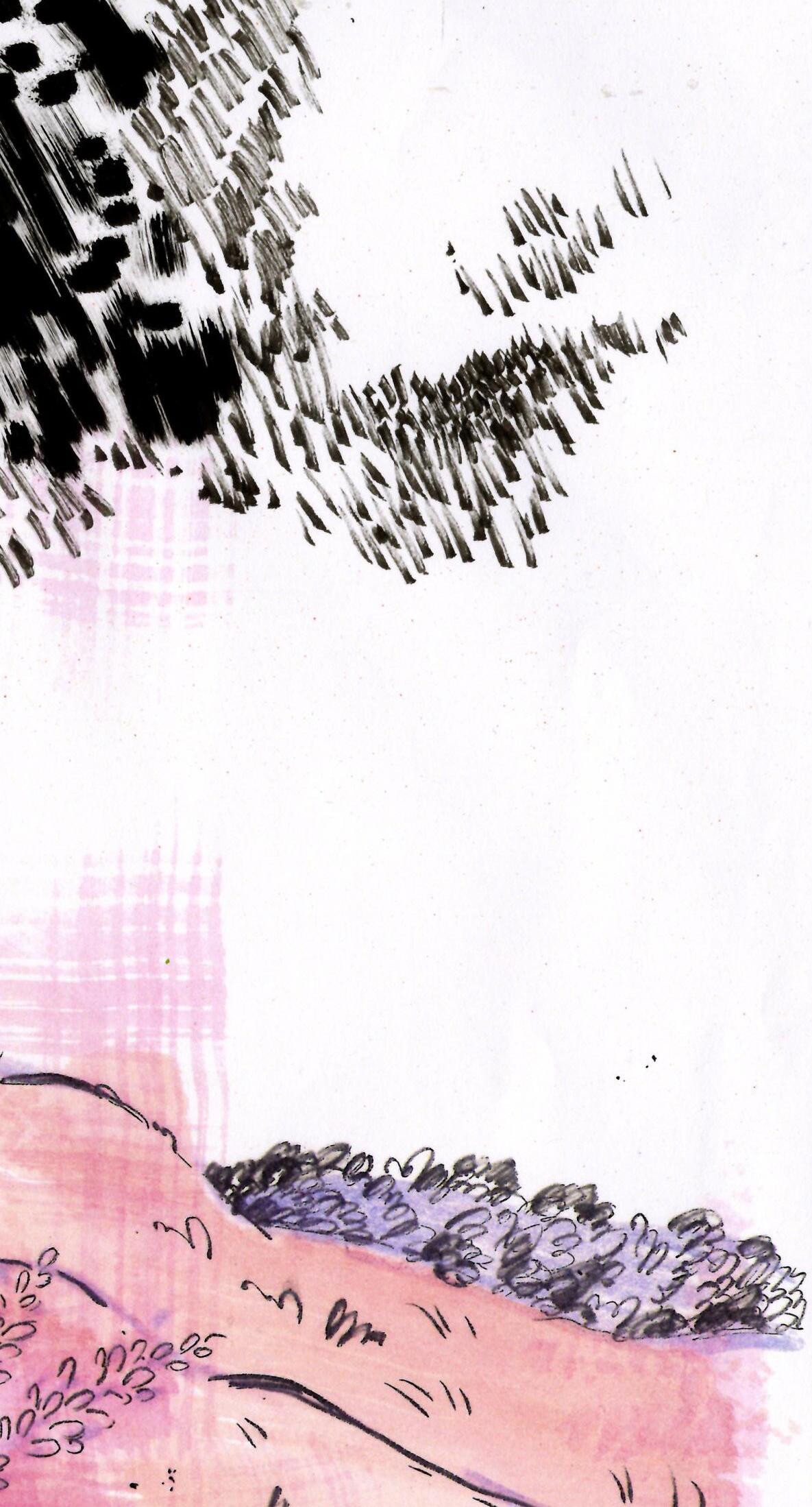
I have
advocate for the drowning rat, cursing pins, and clay dolls. fallen to bits, and invoking ghosts, SOFTLY, SOFTLY.

been no
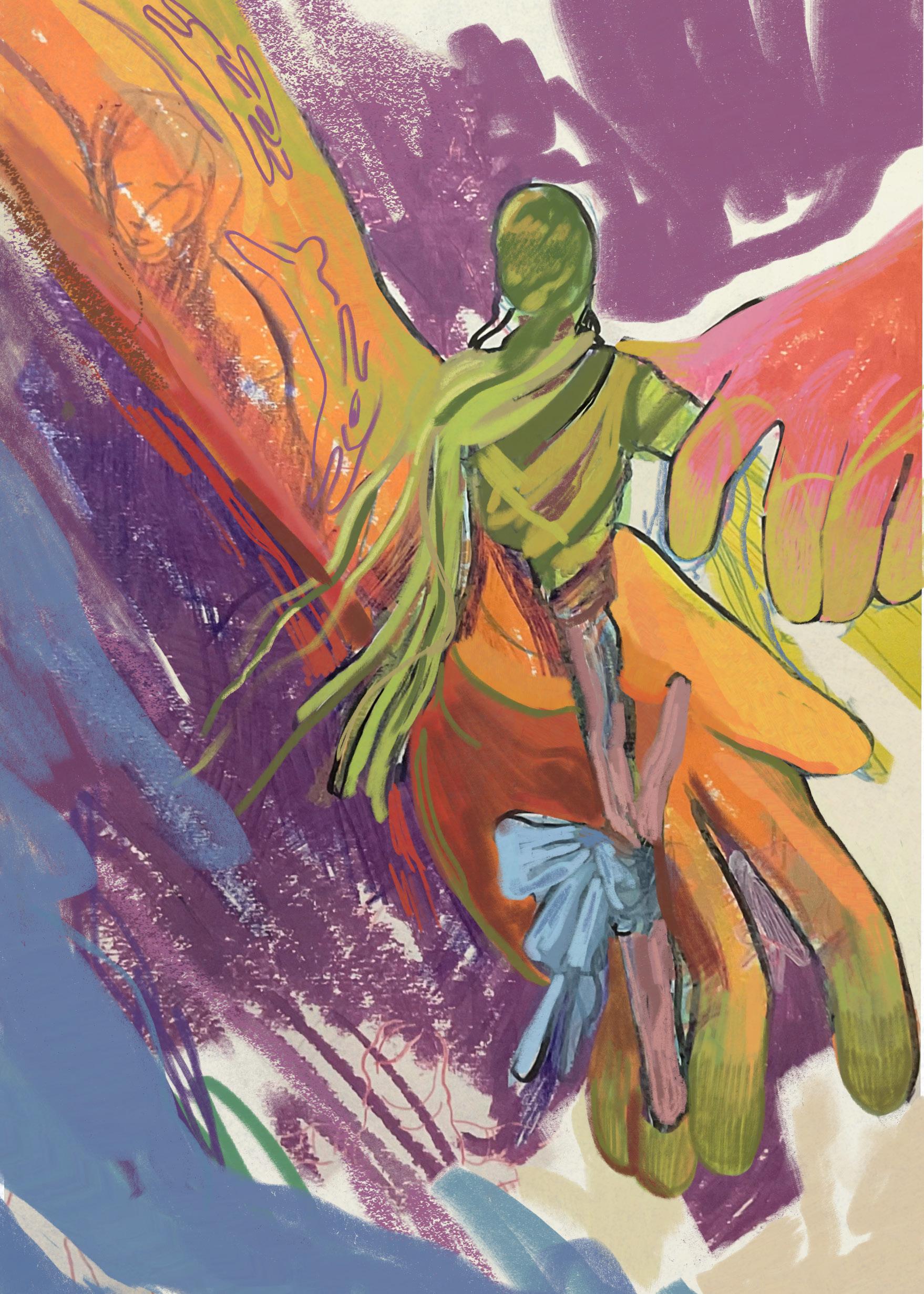
I
prayer before DAWN, to spirits in the walls,
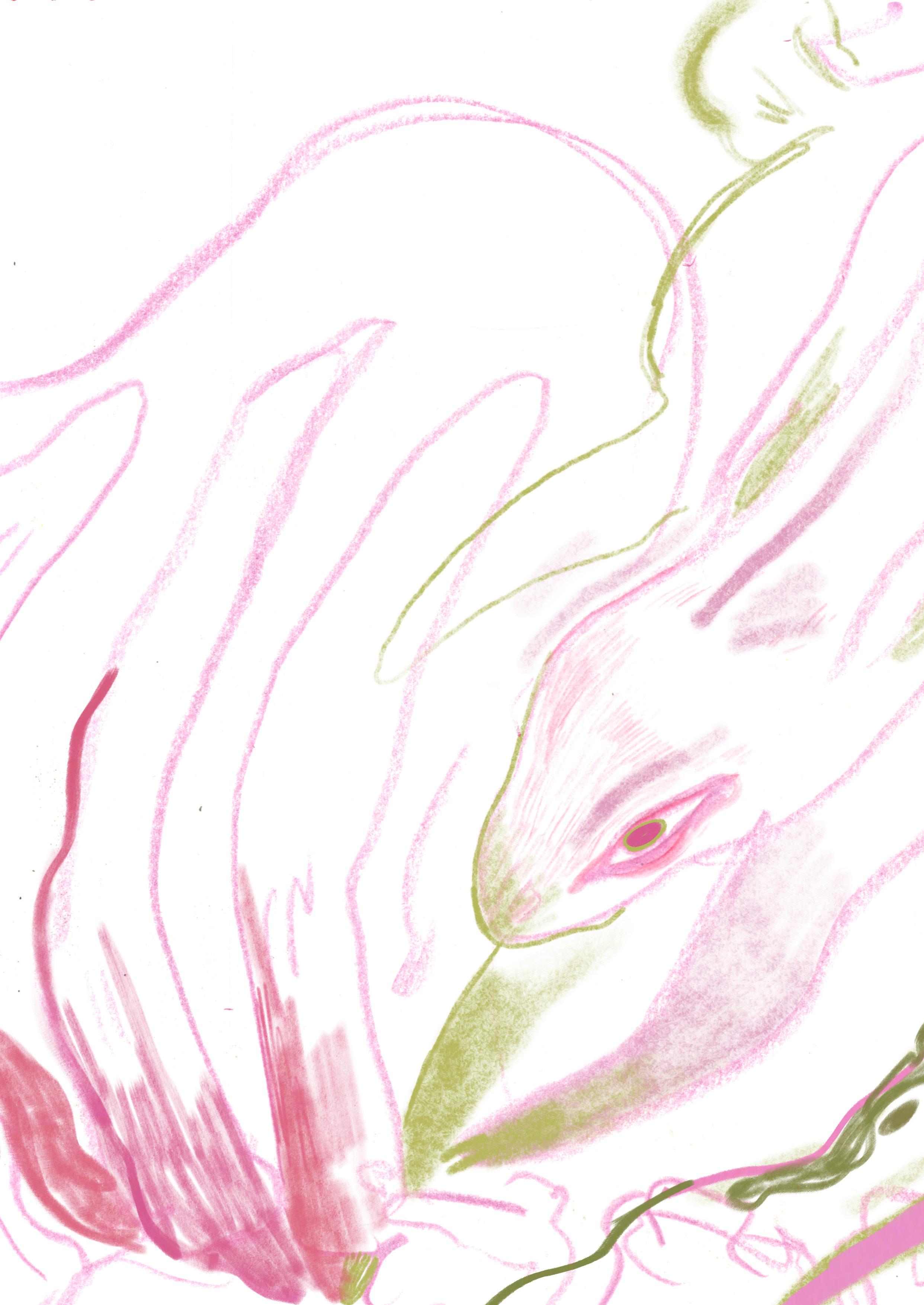
sustain myself on
twisted roots, FAMILIAR, prophecy.
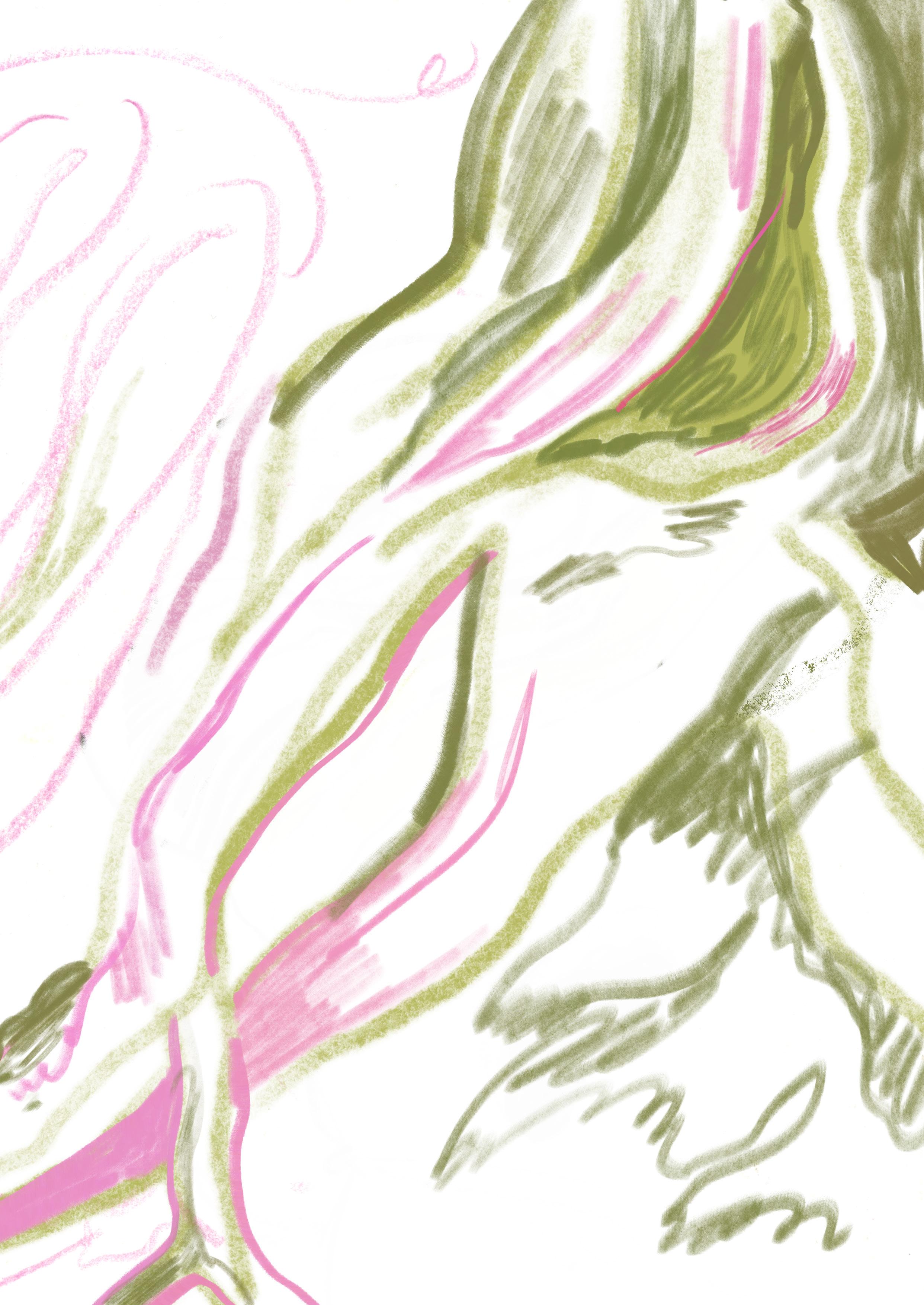
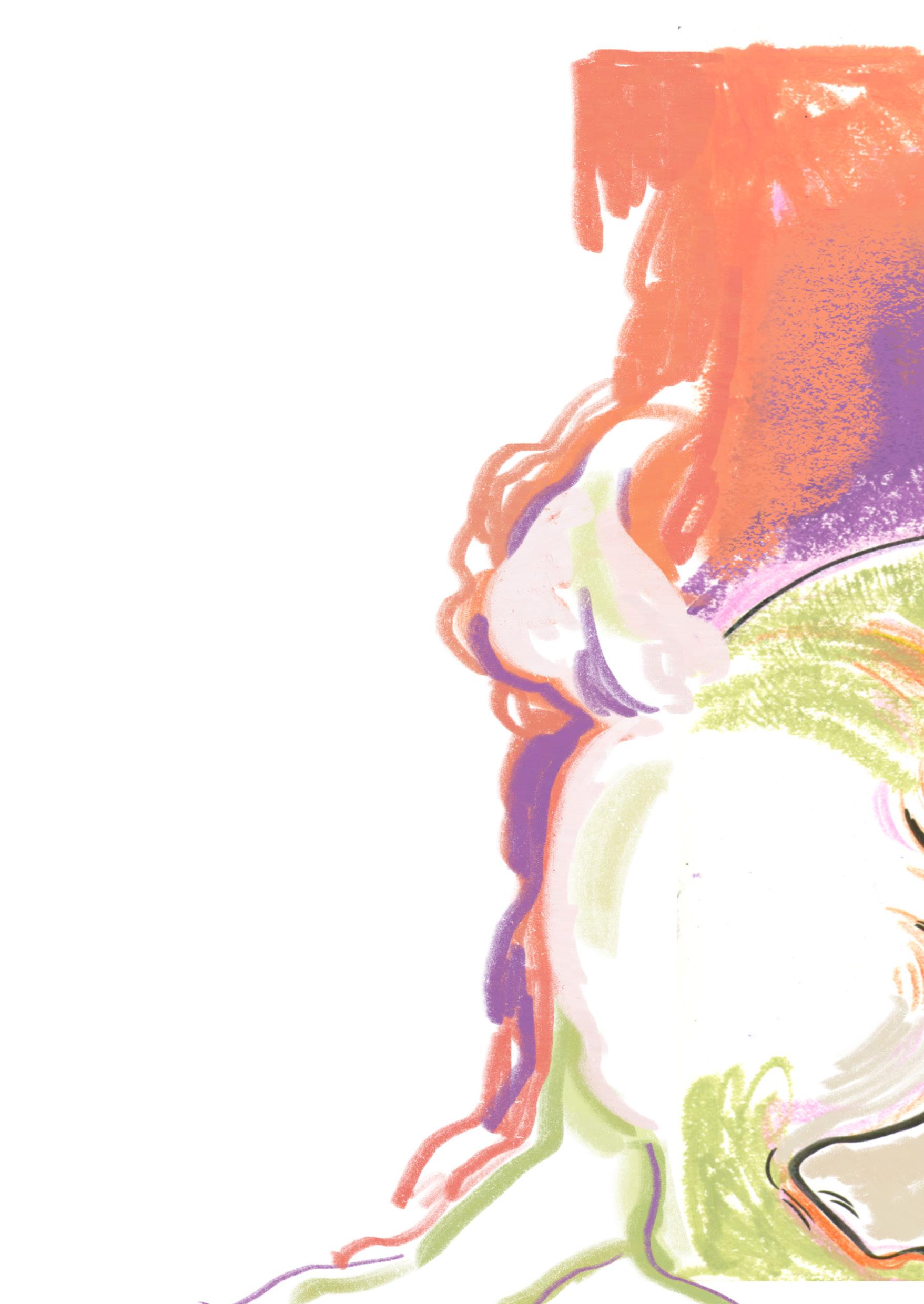
And still the white hare, LEPORIDAE, bound to witness, a recusant’s hex upon lancaster.
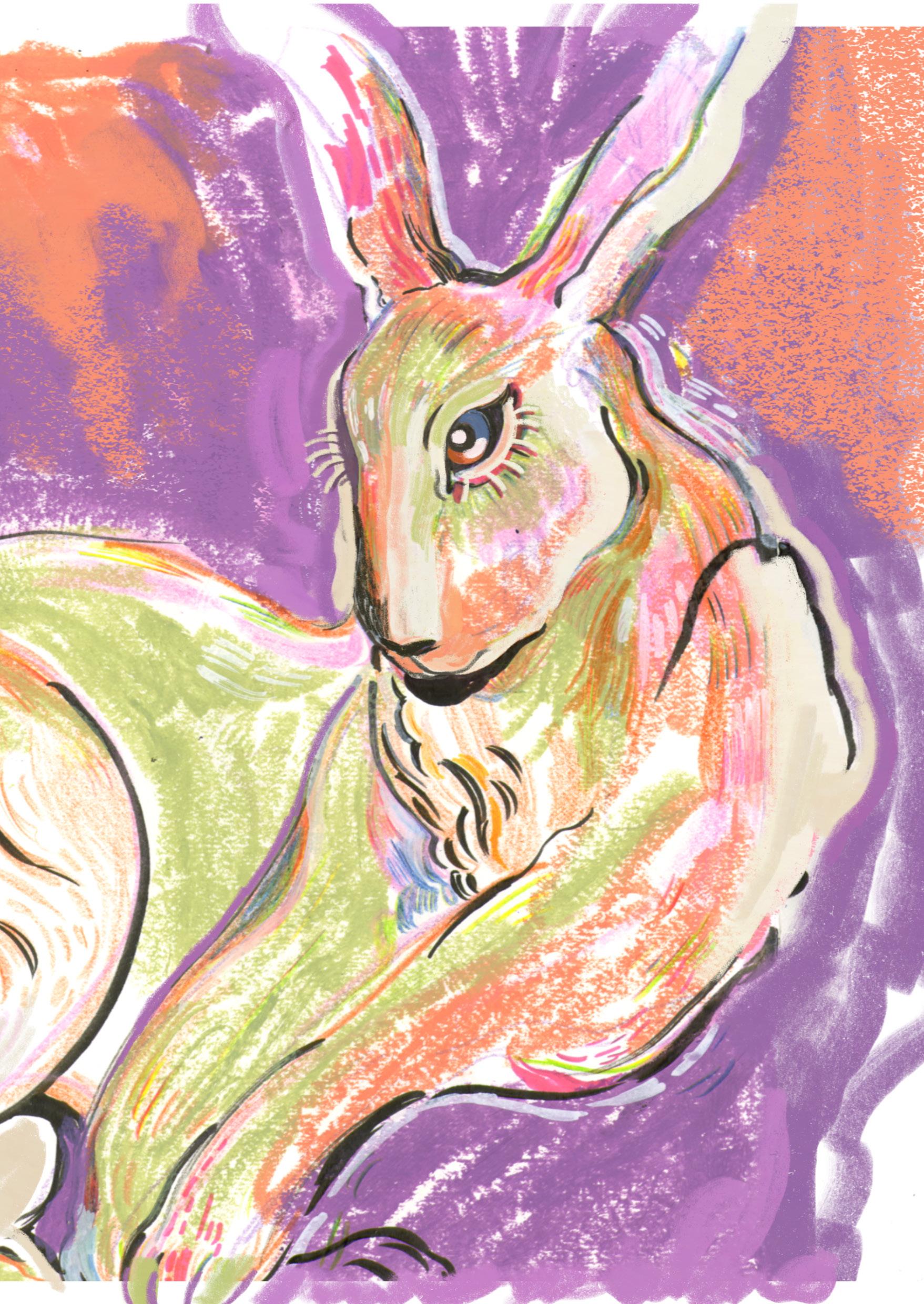
A Wonderfull Discoverie
Jenet Device was born sometime around 1603 in Pendle, Lancashire. At this time, religious tension was at an all time high, with local magistrates eager to report witches and other recusants (those who refused to attend the anglican church) to gain favour with the king.
Lancashire was regarded as a wildland compared to the south, and was home to a rich cultural tradition of families of wise women who made a living as healers, advisors and beggars; Jenet was born into one such family. Her grandmother, known coloquially as ‘Demdike’(derived from demon woman) was infamous in the local area, and had a well known rivalry with another such family, and another elderly matriarch known as ‘Chattox’.
In 1612 both families became known to the local

†
†
An ill-fated meeting

The families decided to meet to discuss the accusations and what could be done to avoid being prosecuted, but ultimately this meeting on Good Friday 1612 became the damning evidence against them. Jenet’s older brother, James stole a neighbours sheep to feed the gathering, which became a further grievance against them, in addition to the existing local rumours about them, as well as Jenet’s mother having a marked facial difference, which was treated as evidence of her ‘hag-like’ nature.
Jenet, who was by this time around nine years old, became the most important witness in their trial at Lancaster Gaol. On account of her short stature, she stood on a table to give her testimony, whereupon her mother began screaming and threatening her young daughter, and had to be removed from the room for Jenet to continue her testimony.
†
OF THE ELEVEN PEOPLE WHO WENT TO TRIAL, TEN WERE FOUND GUILTY AND SUBSEQUENTLY HUNG FOR WITCHCRAFT. ONE WOMAN WAS FOUND INNOCENT.
THERE IS NO RECORD OF WHAT HAPPENED TO JENET DEVICE IN THE TIME AFTER THIS TRIAL; SHE LIKELY REMAINED A BEGGAR DURING THIS TIME.
Twenty years later, in 1632 a Jenet Device is accused of witchcraft by a young boy who heard of the pendle witch trials.
She spends time imprisoned awaiting trial, where she is found innocent alongside other defendants as the boy had falsely accused all of them and in the interim twenty years the judicial system had become far more sceptical of accusations of witchcraft. The last record of Jenet appears here, where she is being held at Lancaster Gaol until she can raise money to pay for the cost of her board while she awaited trial. Jenet and her family were professional beggars, so it’s almost certain she didn’t have the money to allow her release at the time and her notoriety may have estranged her from her community after the trials. Conditions in the gaol were very poor at this time and she would not have been treated kindly.
Despite everything, she may have met the same fate as her grandmother 20 years earlier, perishing in prison, remanded on accusations of witchcraft.
†
†
The
THIS IS THE LAST HISTORICAL RECORD WE HAVE OF HER.
end


























